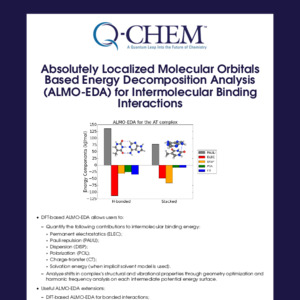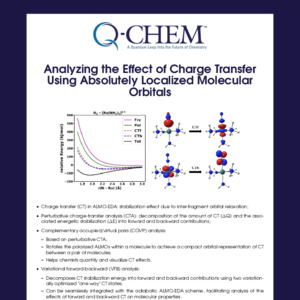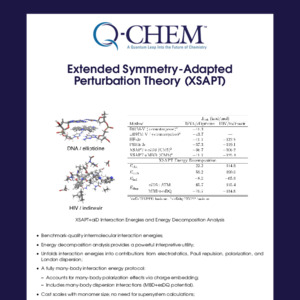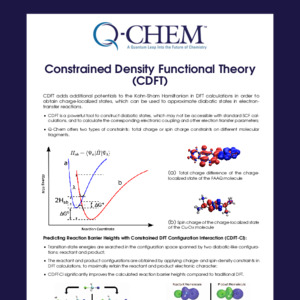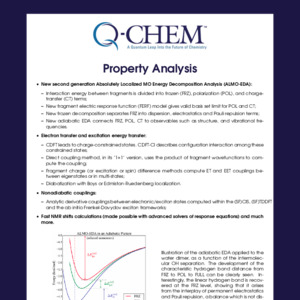Q-Chem Webinar 42
GPU Computing with Q-Chem and BrianQC

István Ladjánszki is the Chief Scientist of the BrianQC project, works in the field of high speed GPU implementation of quantum chemistry related calculations. He received his degree in theoretical physics from the Budapest University of Technology and Economics (BUTE) in 2011. His thesis on Reduced scaling Hartree-Fock calculations using tensor decomposition and neural network was awarded first prize on the National Scientific Students’ Associations Conference. From 2010 to 2013 he worked at BUTE as an associate researcher on the MRCC quantum chemistry program package. He has experience in the implementation of quantum chemistry related integral and Hartree-Fock level approximation codes and machine learning methods.
Team IntroductionThe BrianQC project started in 2013, and since then we developed a shared library (and a standalone software utilizing the library) capable of one- and two-electron integral calculations (Coulomb and exchange up to g-type orbitals) and Hartree-Fock level wavefunction optimizations (SCF and DFT methods) on heterogeneous GPU clusters. Our team has professionals from different areas including computational quantum chemistry, information technology, computer engineering and infobionics. We have close collaboration with universities and research institutes from Japan to the US.
Abstract
The BrianQC project aims to exploit the enormous raw power of GPUs in the field of quantum chemistry. For this we tailored several widely used algorithms to the special features of GPUs to get the most out of this massively parallel hardware. The capabilities currently implemented include one- and two-electron integral evaluation over Gaussian type orbital (GTO) basis functions, exchange-correlation density functionals and quadrature for density functional theory (DFT), Hartree-Fock nuclear gradients, parts of the coupled perturbed Hartree-Fock (CPHF) equations and vibrational analysis, DIIS algorithm, efficient Fock matrix diagonalization, initial SCF guesses besides others. In this webinar, we would like to present our work emphasising the most recent advances in the capabilities and performance. We introduce the main techniques behind our software, present benchmark results, and discuss upcoming features to be included in the future.

Questions or suggestions?
We hope you enjoyed this webinar! If you have any questions or feedback for the speaker or the Q-Chem team on the topics covered in this webinar, please use this forum thread:https://talk.q-chem.com/t/webinar-42-by-istvan-ladjanszki-gpu-computing-with-q-chem-and-brianqc/113.
